Whole Foods is an American supermarket chain and the only USDA Certified Organic grocery market in the United States. Based in Austin, Texas, Whole Foods offers flavor-free products with no artificial colors, sweeteners, preservatives, and hydrogenated fats.
It was founded in 1980 and expanded throughout the 90s’ to become a household name. However, stiff competition in the mid-2000s eroded its sales and wiped out 40% of its stock. [1]
In 2017, Amazon acquired Whole Foods for $13 billion. With Amazon’s financial capability, Whole Foods reclaimed its leadership in the grocery sector. In 2020, Whole Foods introduced 950 new local brands, 650 exclusive in-house brands, and more than 10,000 local items.
The company has more than 105,000 employees and operates 506 stores. It opened several stores in 2020 and expanded its reach by about 1.4 million additional consumers. The grocer is also implementing an online-only strategy across 40 stores in 2021.
Although Whole Foods is rejuvenated, it still faces stiff competition from Kroger, Sprouts, and other alternatives. [2]
Here is an in-depth analysis of Whole Foods’ competitors and alternatives.
1. Kroger
Year founded: 1883
Headquarter: Ohio, United States
Kroger is one of the largest supermarket chains in the US, with 2,764 stores in 35 states. In April 2021, the retailer reported $132.5 billion in sales for fiscal 2020. Its annual revenue increased 8.4% year over year from about $115.3 billion earned in fiscal 2019. Kroger has 450,000 employees.
The main advantage for Kroger over Whole Foods is its strong market presence. With 2,764 stores, Kroger has about five times more outlets than Whole Food.
So, it can reach more consumers than its competitor. In 2020, Kroger developed fulfillment centers with advanced robots to retrieve items. Each center costs over $50 million and will more than double Kroger’s $10 billion in digital sales by the end of 2023. This investment increase Kroger’s competitive edge over Whole Foods. Kroger is the top Whole Foods competitor. [3]
2. Sprouts Farmers Market
Year founded: 2002
Headquarter: Arizona, United States
Sprouts Farmers Markets is a healthy food grocery chain. It provides groceries, organic foods, dietary supplements, vitamins, and more via its 150 stores in the US. In 2020, Sprouts’ full-year revenue surged 15% to $6.5 billion. Sprouts’ delivery and pick-up sales contributed over 11% of total revenues for the past four quarters.
The company’s long-term strategy is anchored on expanding its market presence. Currently, Sprouts has 362 stores in 23 states and will open 20 new outlets in 2021. Sprouts’ long-term plan is to grow its store count by 10% every year.
The company’s effective e-commerce and expansion strategy can undercut Whole Foods’ advantage. Sprouts Farmers Market is a worthy competitor for Whole Foods. [4]
3. Trader Joe’s
Year founded: 1958
Headquarter: Monrovia, California
Trader Joe’s is a chain of grocery stores owned by German grocery giant Aldi Nord. It operates around 505 outlets in the US market. For over 60 years, Trader Joe’s nurtured a cult-like following by offering quality products at affordable prices. In the past two years, the retailer generated around $13 billion in net sales annually.
Trader Joe’s inventory is less diverse than Whole Foods. However, it offers affordable options like 19-cent bananas and renowned wine brands for under $5.
These low-priced offerings can poach some customers from Whole Foods. Aldi Nord’s financial reserves and distribution networks also give Trader Joe’s a competitive edge over Whole Foods.[5]
4. Raley’s
Year founded: 1935
Headquarter: West Sacramento, California
Raley’s Supermarkets is a family-owned supermarket chain that offers fresh products at affordable prices. It is the dominant grocery retailer in northern California and Nevada.
The chain has around 12,400 employees and 124 stores under Bel Air Markets, Nob Hill Foods, Raley’s O-N-E, Food Source, and 5-ONE-5. In 2020, Raley’s revenue increased to $3.3 billion.
The main competitive advantage for Raley’s is its focus on Sacramento. Focusing its resources on a small area enhances the company’s impact in the community.
In 2020, Raley’s Food for Families raised over $9 million for food banks and donated over $1 million to empower current and future generations. The company’s commitment to the community increases its competitive edge over Whole Foods. Raley’s is Whole Foods’ top competitor in California. [6]
5. Publix
Year founded: 1930
Headquarter: Florida, United States
Publix is the largest employee-owned supermarket chain in the US. The company offers groceries, baked goods, dairy products, frozen foods, meat, snacks, and more. In 2020, Publix remodeled 154 stores and opened 39 supermarkets, including 9 replacement locations.
The retailer now operates 1,264 stores, about three times more than Whole Foods. For full-year 2020, Publix’s revenue was $44.9 billion, up 17.7% from $38.1 billion in 2019. Net earnings rose by $1 billion to $4 billion.
Publix’s revenue growth in 2020 was driven by a 16% surge in comparable-store sales. It seeks to boost its revenues further in 2021 by expanding its market presence. To accomplish this, Publix increased its capital expenditures from $1.23 billion in 2020 to $1.6 billion in 2021.
It is also constructing 20 supermarkets in Florida, 4 in Georgia, 3 in Tennessee, 2 in Alabama, and 2 in South Carolina. These stores will reopen before the end of 2021 and increase Publix’s competitive edge over Whole Foods. Publix is a worthy competitor for Whole Foods. [7]
6. The Fresh Market
Year founded: 1982
Headquarter: Greensboro, North Carolina
The Fresh Market is a grocery retailer with about 13,000 employees and 159 stores across the US. The grocer operated as a publicly traded company but switched to a private entity in 2016 after it was acquired by Apollo for $1.36 billion.
Apollo transformed it into a gourmet market for higher-income consumers. Focusing on this niche increased its edge over Whole Foods and other competitors. Before the acquisition, the company’s annual revenue was $1.75 billion.
The Fresh Market’s comparable-store sales rose by 22.3% in fiscal 2020 and surged 7.3% in the first half of fiscal 2021. The Fresh Market filed an S-1 form on Jul 16, 2021, as part of its initial public offering. It intends to list its stock on the Nasdaq under the symbol “TFM” in 2021 or early 2022.
The IPO will boost the grocer’s financial resources and competitive advantage. It does not compromise the freshness and quality of products offered in its stores, enticing millions of customers. The Fresh Market is one of the best Whole Foods’ alternatives for fresh farm produce. [8]
7. Instacart
Year founded: 2012
Headquarter: San Francisco, California
Instacart is an e-commerce platform that provides food delivery services in the US and Canada. It offers same-day delivery and pick-up services from 45,000 stores. Around 500,000 consumers use Instacart to buy groceries from Whole Foods’ competitors like Kroger, Sprouts, and Publix. In Mar 2021, Instacart raised $265 million at a valuation of $39 billion.
In Jul 2021, Instacart partnered with automation specialist Fabric. Fabric’s software and robotics will help Instacart to fulfill orders quickly and more efficiently.
This micro-fulfillment solution will be available to grocery retailers in the US and Canada by the end of 2021. Instacart gives consumers easy access to products offered by Whole Foods’ top competitors. It simplifies grocery shopping and can poach some customers from Whole Foods effortlessly. [9]

8. Walmart
Year founded: 1962
Headquarter: Bentonville, Arkansas
Walmart is the world’s largest retail chain. It is the leading grocer in the US, with more than 11,500 stores. Customers can also buy groceries via Walmart+, an e-commerce platform that offers free grocery deliveries. In 2020, Walmart had 2.2 million employees and generated $524.4 billion in revenues.
In Sept 2020, Walmart launched its new subscription-based service Walmart+. The service costs $98/year or $12.95/month and offers free grocery deliveries. Amazon acquired Whole Foods to compete with Walmart in the grocery business. But Walmart offers general grocery, while Whole Foods focuses on natural and organic options.
Walmart is one of the Whole Foods’ top competitors. But it is not the perfect alternative to Whole Foods’ customers looking for organic products. [10]
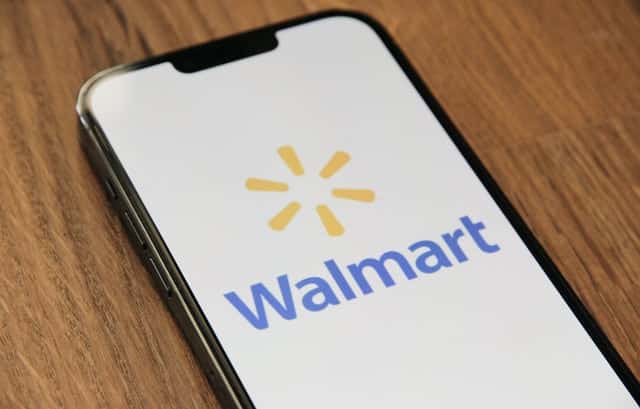
9. Natural Grocers
Year founded: 1963
Headquarter: Lakewood, Colorado
Natural Grocers is a grocery and health food store owned by Vitamin Cottage. The retailer operates 159 stores in 20 states and offers organic and natural foods, vitamins, and supplements. For full-year 2020, Natural Grocers’ revenue increased 14.7% to reach $1 billion.
With $524.2 million generated in the first half of 2021, Natural Grocers is on track to deliver more than $1.1 billion in revenues for fiscal 2021.
In Jun 2021, Natural Grocers expanded its offering to include 150 formulations. It plans to open four new stores and remodel five existing locations in 2021. These expansions and growing net sales make Natural Grocers one of the top competitors for Whole Foods. [11]
10. Earth Fare
Year founded: 1975
Headquarter: Asheville, North Carolina
Earth Fare is a specialty grocery that offers organic and natural foods in the US. The company had a tumultuous year in 2020. It went bankrupt, closed all its 55 stores in 10 states, and liquidated its assets in Feb 2020. Hulsing Enterprises acquired the Earth Fare brand and began reopening its stores in spring 2020.
From Oct 2021 to May 2021, Earth Fare reopened 21 locations in eight states on the East Coast. It has opened five stores in Charlotte since August 2020.
The company will reopen several stores in Florida, Virginia, and Ohio in the second half of 2021. Earth Fare specializes in organic and natural foods free from artificial additives. It is the perfect Whole Foods alternative. [12]
References & more information
- Stevenson, S. (2021, Jun 28). It’s Finally Clear Why Amazon Bought Whole Foods. Slate
- Strailey, J. (2021, May 13). What do Whole Foods’ Operational Changes Mean for its Future? Winsight Grocery Business
- Chief Editor (2021, Apr 15). Kroger Is Amassing a Robot Army to Battle Amazon, Walmart. Supply Chain Brain
- Schafer, B. (2021, May 12). Sprouts Farmers Market’s Q1 Report Looked Bad. Here’s Why Investors Shouldn’t Be Concerned. The Motley Fool
- Clifford, C. (2020, Jul 20). From chatty employees to $5 wine: How Trader Joe’s turns customers into fanatics. CNBC
- Buffalino, K. (2021, Apr 7). Raley’s Releases First-Ever Impact Report. Business Wire
- Redman, R. (2021, Mar 02). Publix says pandemic boosted fiscal 2020 sales by 12%. Supermarket News
- Wells, J. (2021, Mar 15). The Fresh Market files for IPO. Grocery Dive
- Redman, R. (2021, Jul 22). Instacart, Fabric partner on online grocery micro-fulfillment. Supermarket News
- Repko, M. (2021, Jan 12). Walmart will test grocery deliveries to a smart cooler on customers’ doorsteps. CNBC
- Camron, V. (2021, May 7). Natural Grocers Q2 sales, traffic lower than 2020 — but for higher than 2019. Supermarket News
- Muccigrosso, C. (2021, May 25). Here’s when and where Earth Fare will open its latest store in the Charlotte area. Charlotte Observer
- Featured Image by Fallon Michael
Tell us what you think? Did you find this article interesting? Share your thoughts and experiences in the comments section below.

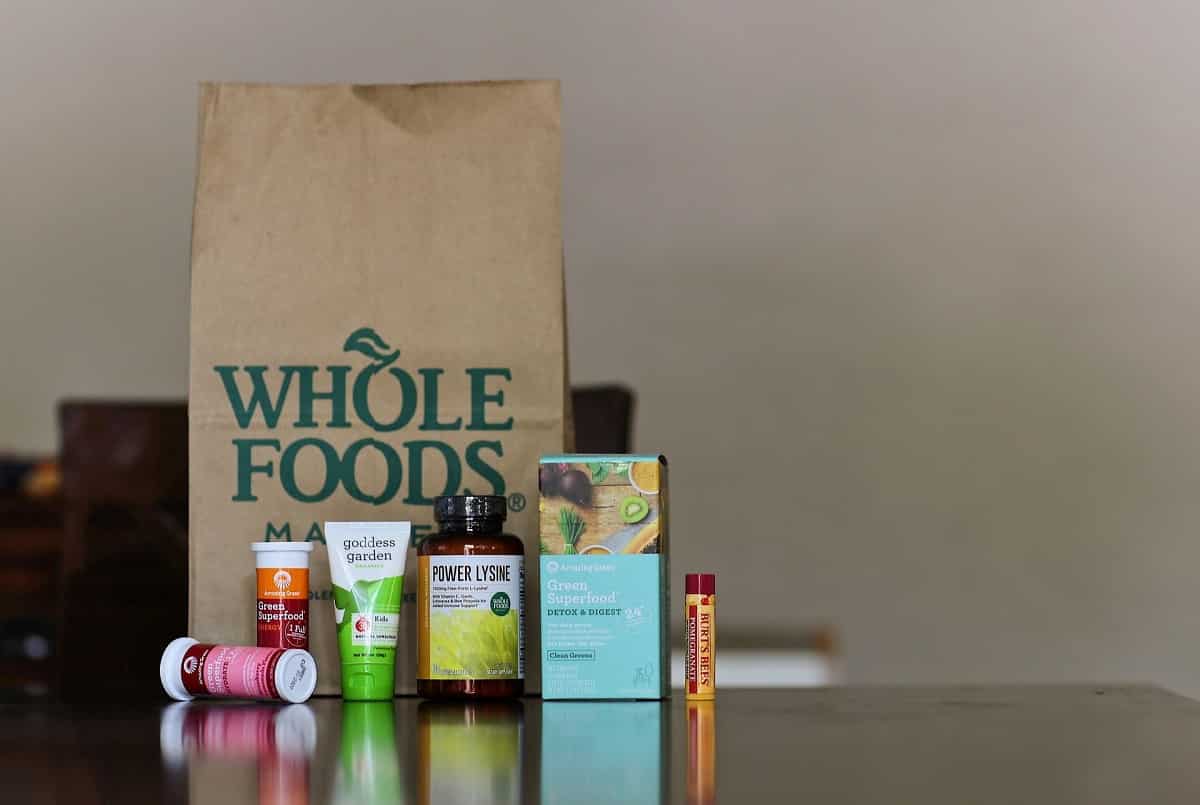
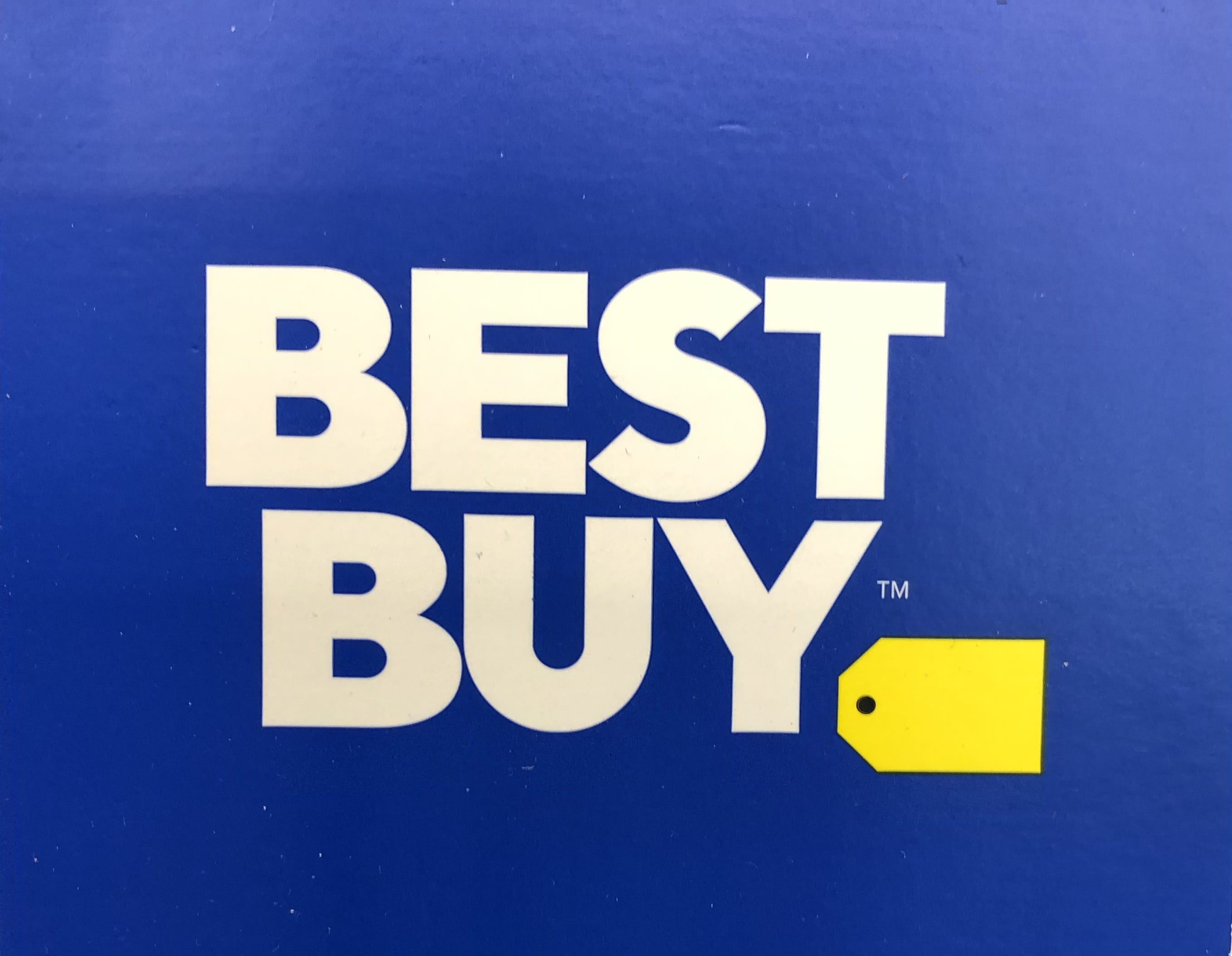


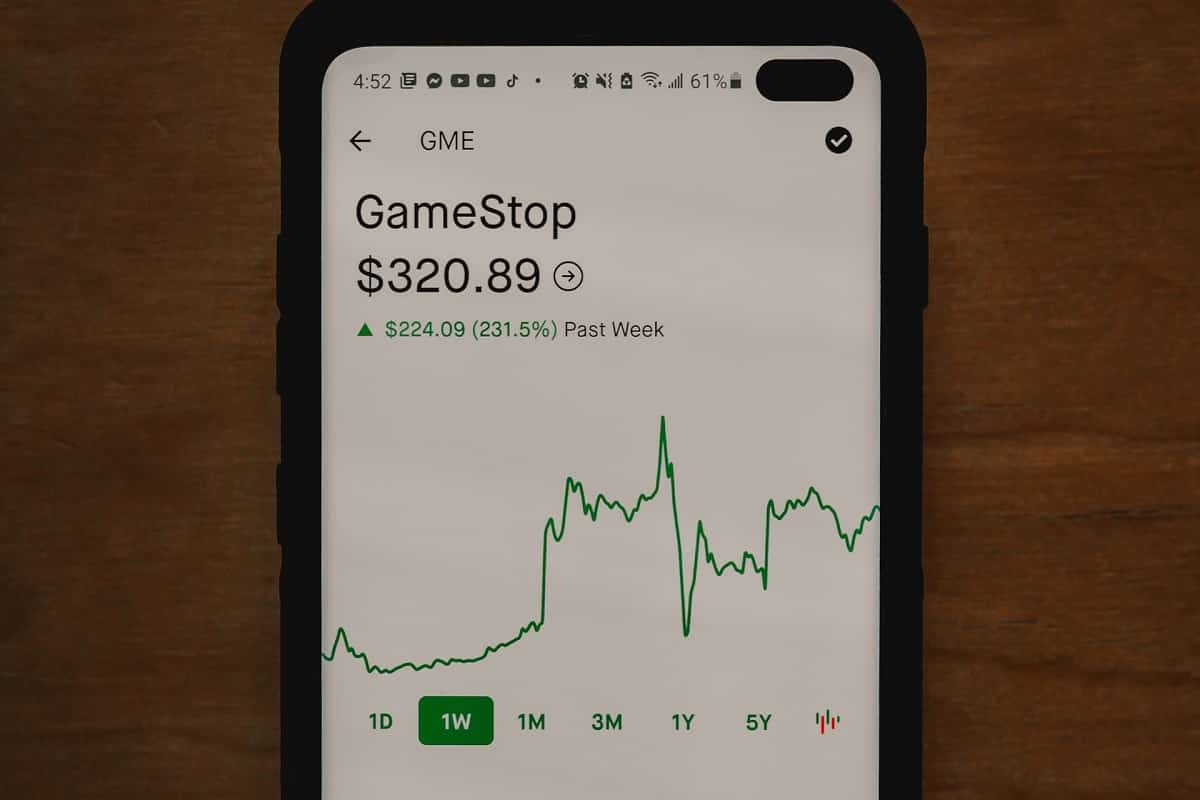
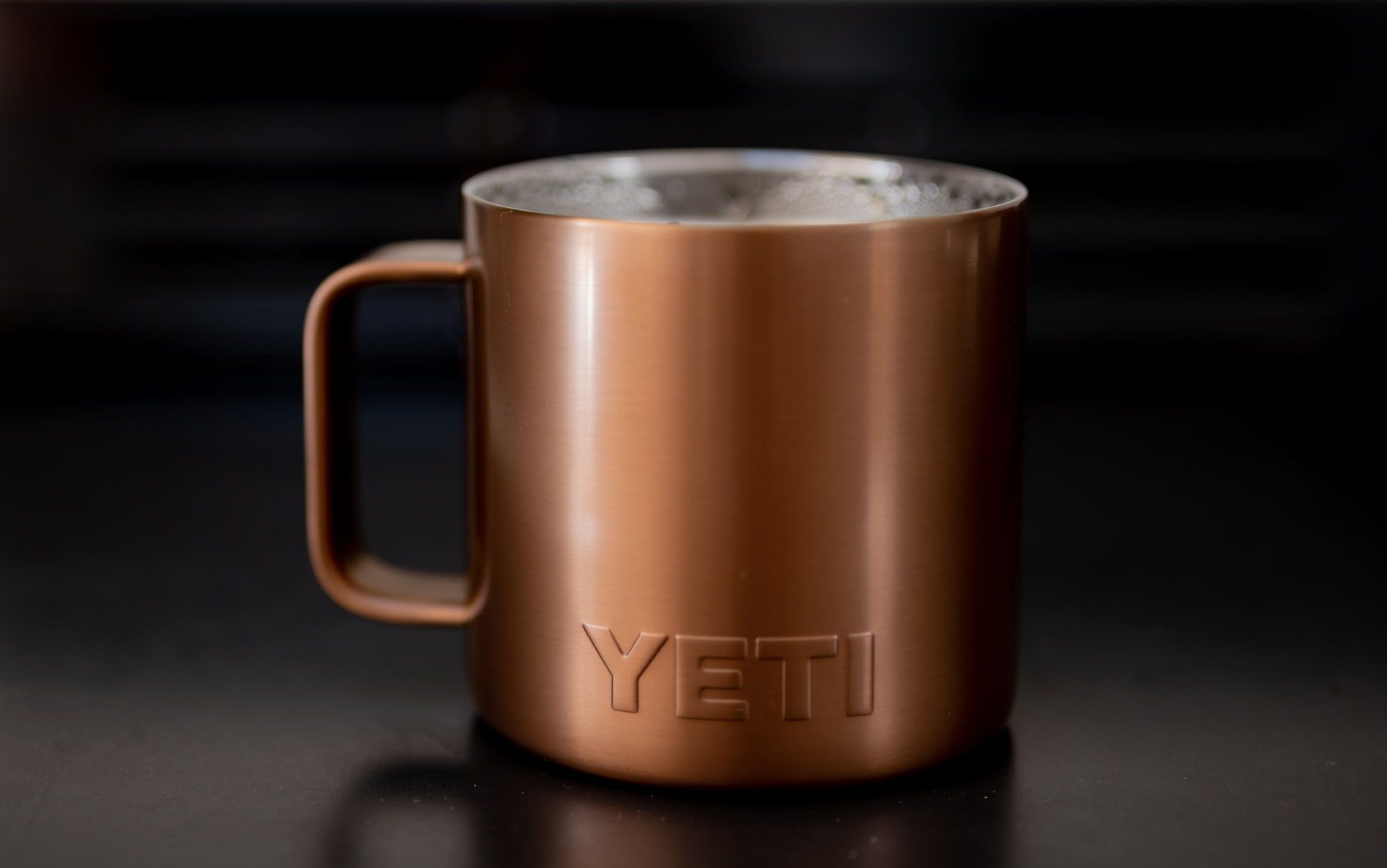
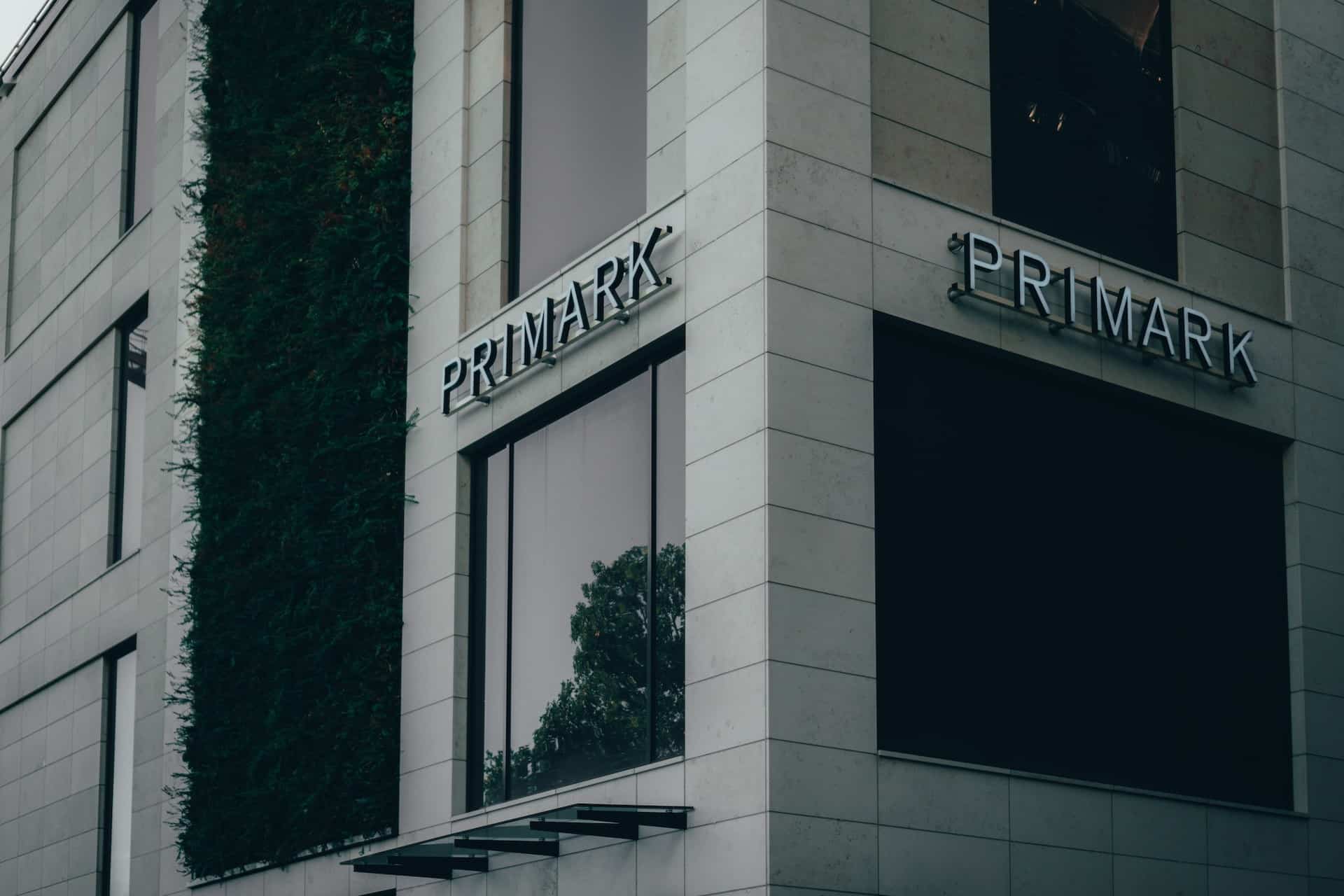




Add comment